Each year the question “Should I clip my pasture?” rekindles an age-old debate at a pasture walk. The debate is never quite settled because there is no straightforward answer. A farmer should consider the following thought process:
What can be gained by clipping?
Perennial forages are at their greatest quality when they are vegetative. But like all plants, grasses flower and produce seed every year. Grass seed stalks are naturally less palatable and nutritious and their presence in the sward can restrict the animals’ access to higher quality leafy material. Clipping mature stems and seedheads resets the forage back to the vegetative stage and creates a uniform stubble height. This improves the forage quality and animal utilization of the pasture for the rest of the season.
What is the cost of clipping?
The estimated cost of mowing operations in WI for 2023 was $14.91 per acre. Clipping can easily pay for itself in higher quality forage, IF it is done properly. Two primary risks associated with clipping are: Clipping too low which can delay forage regrowth, especially when soil moisture is limited and leaving large amounts of clippings clumped or windrowed on top of stubble which can smother and kill plants. A uniform, vegetative pasture can also be easily overgrazed if not managed carefully.
What kind of livestock are you grazing?
Forage quality requirements for beef cattle or sheep are generally lower than lactating dairy cows. The cost associated with clipping for forage quality must be justified by the nutritional requirements of the animals being grazed.
What species of forage do you have?
Grasses differ in growth patterns and quality potential. Species like meadow fescue trample easily and seedstalks can be trampled in the next rotation. More upright species like orchardgrass do not trample easily and will likely remain standing all season.
What are the soil moisture conditions?
If there is plenty of soil moisture at the time, and there’s reason to believe there will be sufficient precipitation to sustain regrowth, then clipping can occur with little risk. But as moisture becomes limited, clipping can set back regrowth signficantly. In drought conditions, clipping should be avoided or adjusted to a height that preserves all green, leafy material.
What’s your stocking density?
A good first step is to control seedheads with grazing. Short duration, high stocking densities on small areas can result in a large portion of seedstalks being trampled. New growth will sprout from the crowns of trampled plants and clipping may not be needed.
How should a pasture be clipped?
Clipping should never occur lower than 4”, but 6-8” is much better. Brush mowers, haybines, and sickle mowers are all options for clipping. Care must be taken to set the height properly and to ensure clippings are not left in bunches or windrows. The clipping height often sets the minimum grazing height for the remainder of the season because animals are unlikely to graze below the stubble.
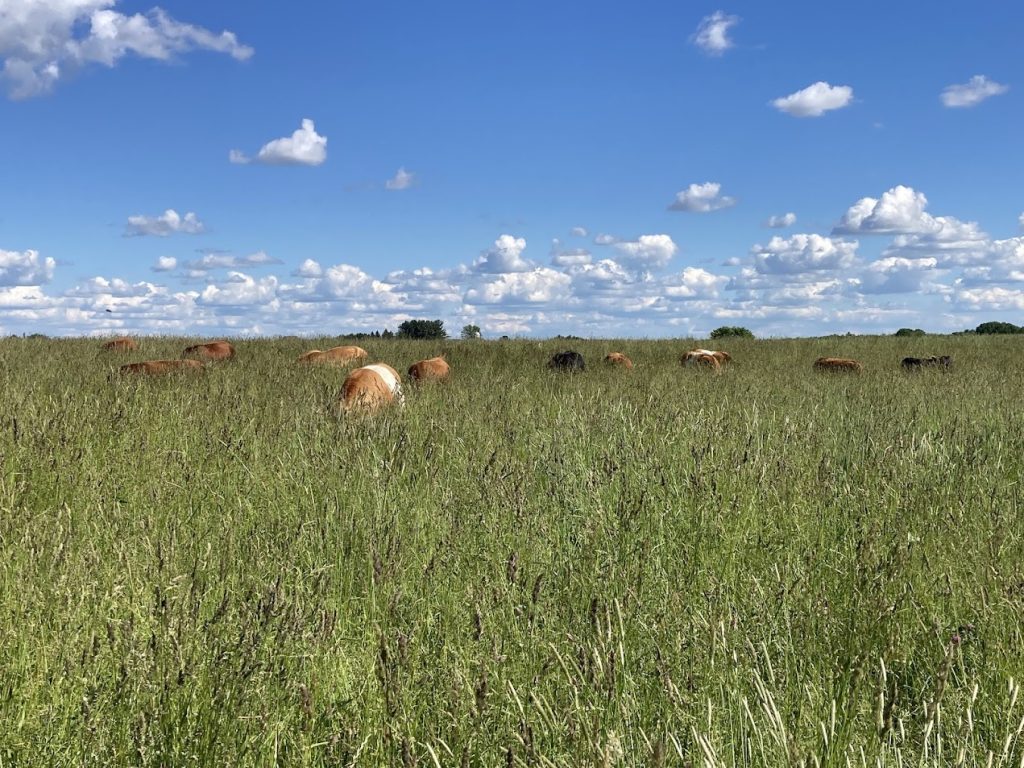
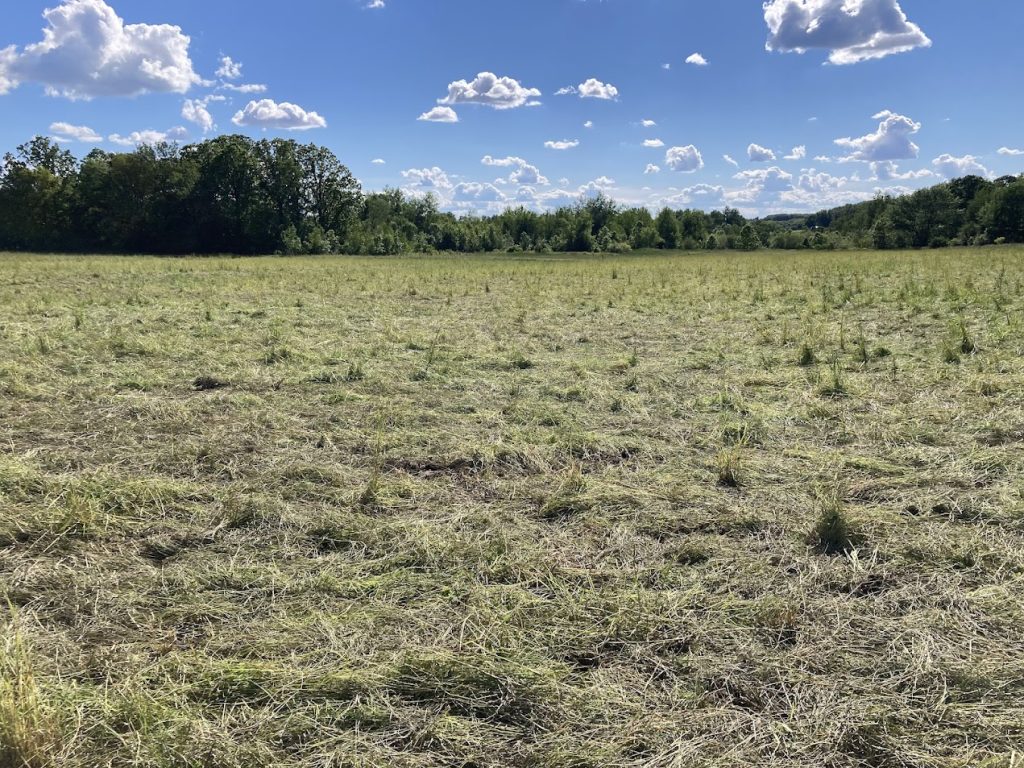

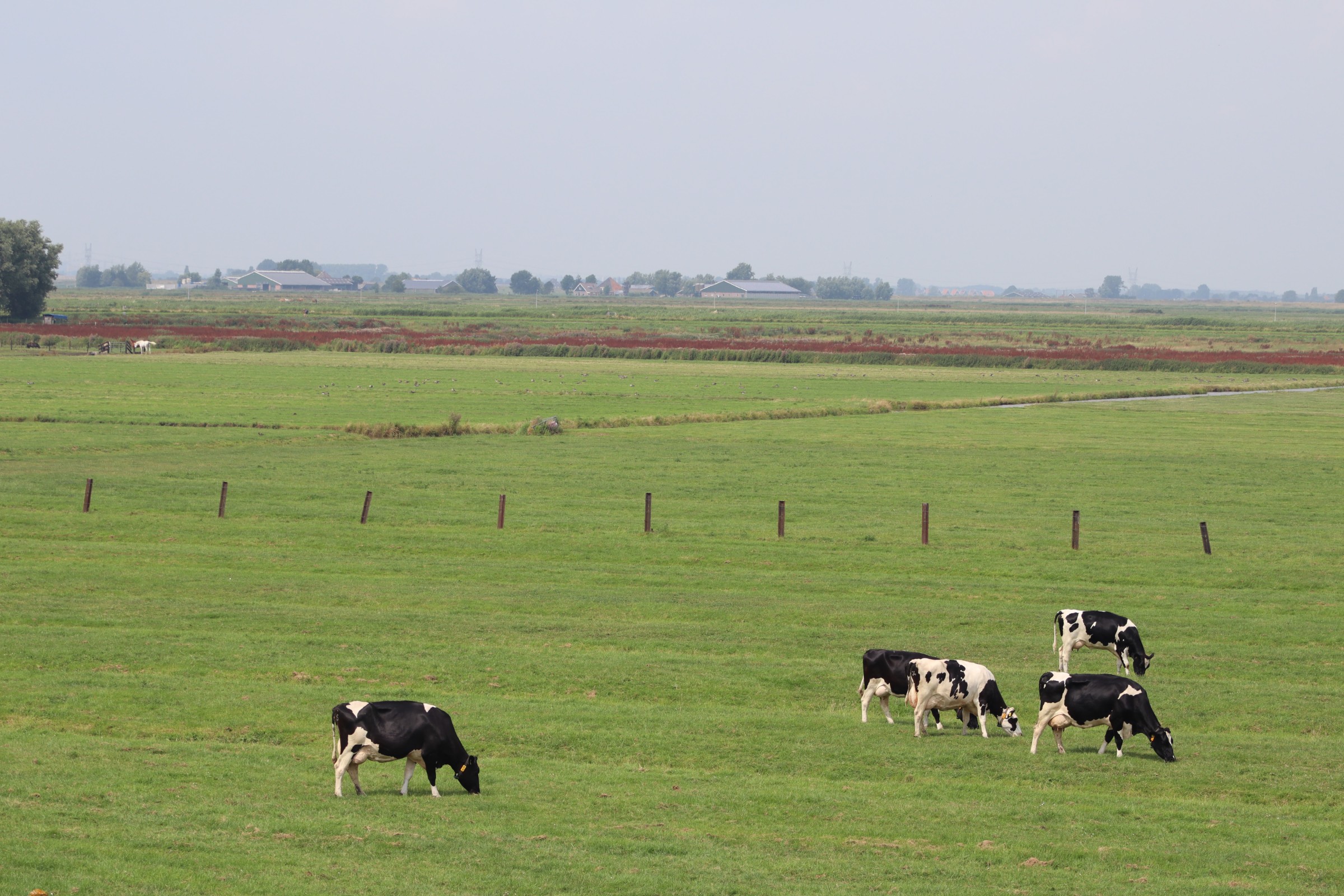
 ▶ AI in Agriculture
▶ AI in Agriculture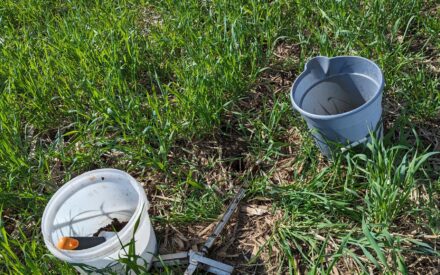 ▶ Evaluating MRTN Rates for Corn Grain and Silage After Manure Application
▶ Evaluating MRTN Rates for Corn Grain and Silage After Manure Application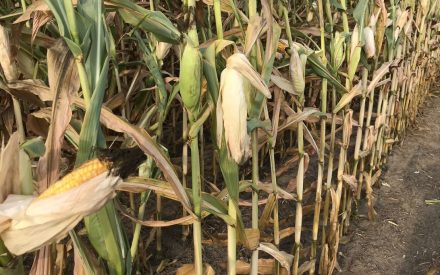 ▶ Practices to Optimize the Nutritive Value of Corn Silage
▶ Practices to Optimize the Nutritive Value of Corn Silage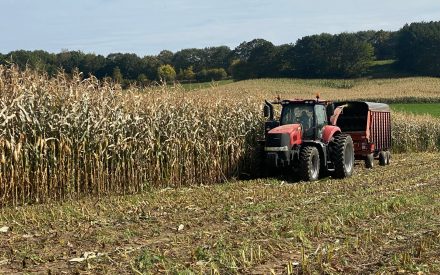 ▶ Explore the New Corn Silage Dry Down Monitoring Tool
▶ Explore the New Corn Silage Dry Down Monitoring Tool


